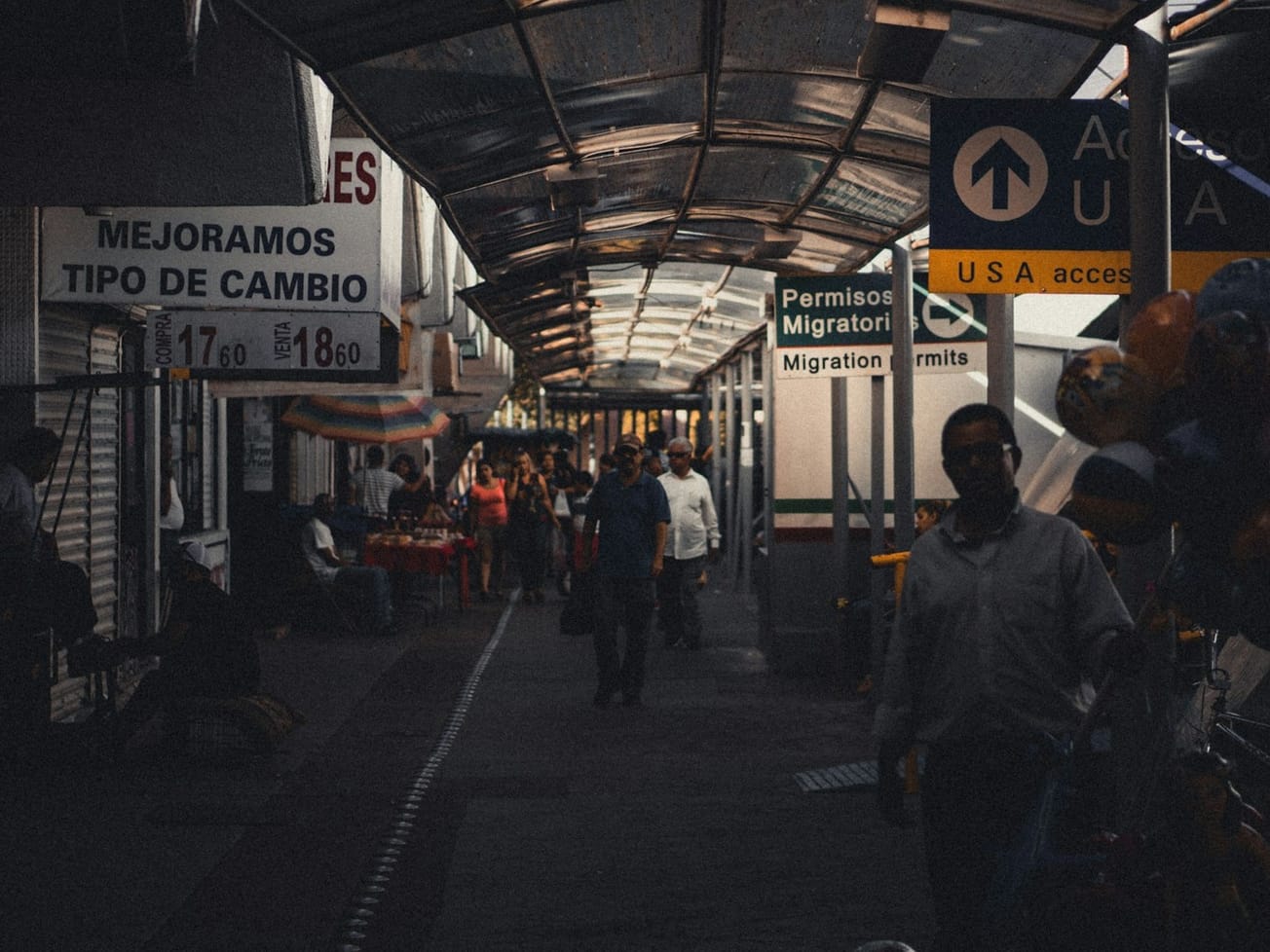At least 441 migrants died attempting the Central Mediterranean route in the first quarter of 2023 – the highest death toll since five years ago.
The latest figures for the world's most dangerous maritime crossing show an increasing loss of life amid more reports of government-led rescue delays and obstacles to humanitarian groups' search and rescue efforts, the International Organization for Migration reported on Wednesday.









